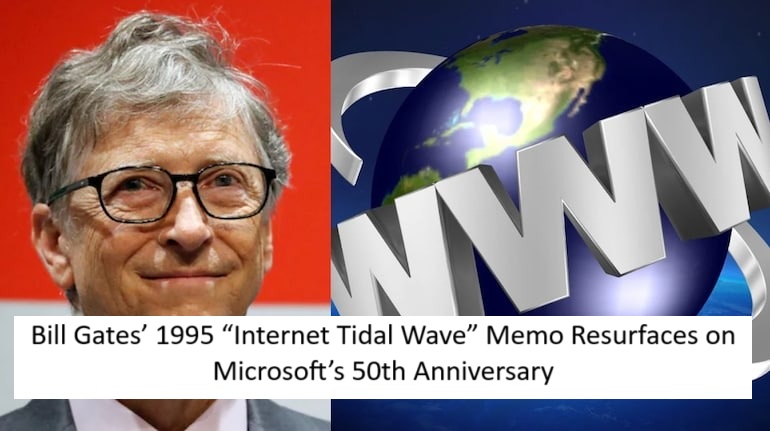
On May 26, 1995, Microsoft co-founder Bill Gates sent an internal email titled “The Internet Tidal Wave” to company executives. This message marked a strategic turning point for Microsoft. Gates laid out a detailed vision of how the internet would soon become a transformative force across all aspects of business and daily life.
Far from a minor update, the memo urged Microsoft’s leadership to reimagine its entire approach to software and networked computing. Gates emphasized that improvements in communications networks would soon outpace computer processing power, changing how people would work, learn, and engage with technology.
Key Insights from “The Internet Tidal Wave”
Gates summarized Microsoft’s prior 20 years of strategy—focusing on great software enabled by improving computing power. But for the next two decades, he predicted a shift: communications technology would evolve even faster, unlocking new demand and opportunity.
In his words:
“Great software products will be crucial to delivering the benefits of these advances. Both the variety and volume of software will increase.”
Gates pointed out that while many communication services still relied on outdated infrastructure, the internet and private networks were beginning to benefit from modern equipment. He anticipated that the PC's growing capabilities would spark a new wave of investment in ISDN, broadband, and video-based communication networks.
Microsoft’s Strategic Shift Toward the Internet
Gates’ memo was a defining moment that shaped Microsoft's path forward. His foresight led to aggressive efforts to integrate internet capabilities into products like Windows, Internet Explorer, and Office—a pivot that helped Microsoft remain competitive during the internet boom.
Today, as Microsoft marks its half-century milestone, this memo remains a powerful reminder of how strategic foresight and adaptability have been key to its growth.
Read More: Five Electric Cars Launched in India This Year From Tata to Tesla Redefining Long Range Travel

 Share
Share



